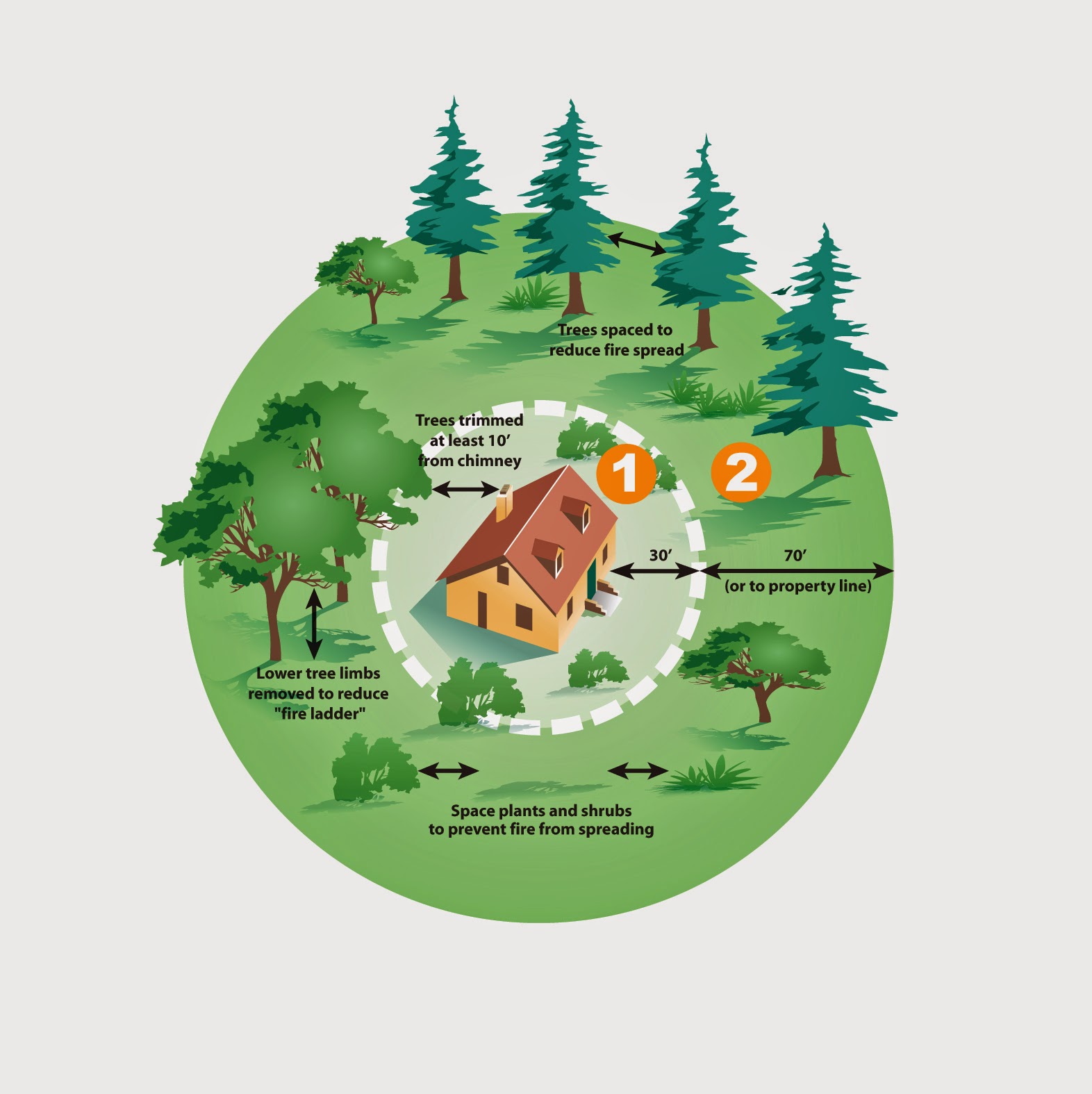I always grow a few sunflowers at the edge of my yard every summer. They are a great conversation piece and a delight to the neighborhood kids and birds. Because of the rain, I got the seeds started late this year and they are up about 3" this week. I was checking them out and noticed a white fuzzy substance on the bottom of the leaves on two plants. After some research, I discovered this is Downy Mildew.
 |
| Downy Mildew on sunflower leaf in my yard |
According to the National Sunflower Association, Downy Mildew is one of the more common diseases of sunflowers. The disease stunts the plants early in the growth cycle and the plant often withers and dies or continues to develop with an erect and horizontal head with little seed. The symptoms on seedlings include a yellowing of the leaves with a cottony white growth of fungus on the lower of the leaf surfaces. There is a secondary infection as well in the four to eight leaf stages. The stunting is not as severe but the other similar symptoms are present.
The disease is caused by a soil borne fungus. The plant is susceptible very early in the root development. Cool and water saturated soil is most conducive for infection - the exact conditions we had in Jefferson County in May. This is particularly the case for flat ‘slow to drain' soils that hold water - like our heavy clay soil. The fungus can live in soils for 8 to 10 years.
There are some available chemical controls that are used by large-scale sunflower growers to protect their crop. For my purposes, I just pulled out the two plants that were infected, bagged them, and tossed them in the trash. I'm keeping my fingers crossed that the rest will stay fungus free!




